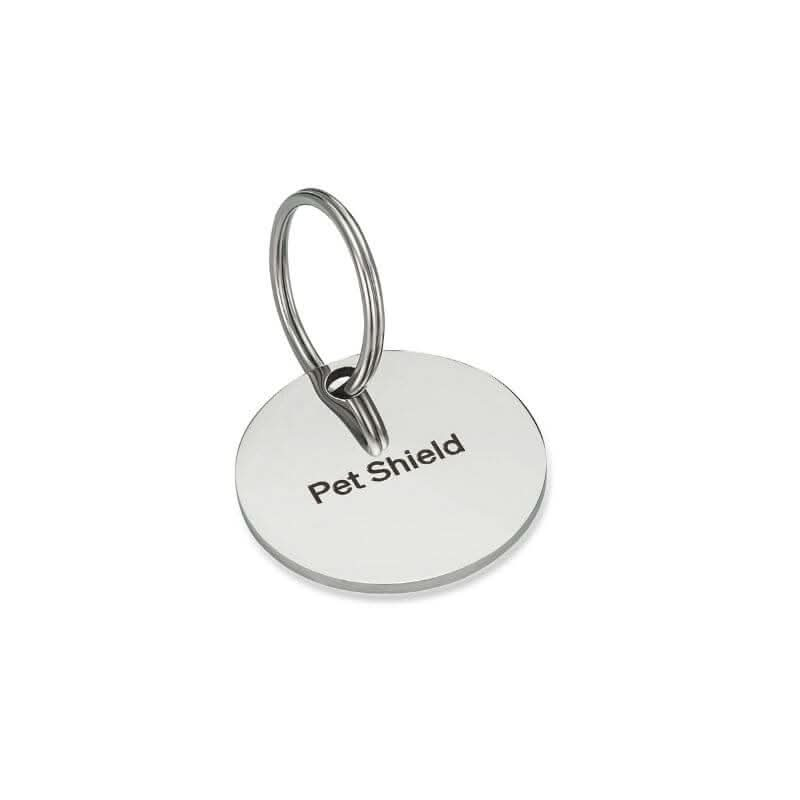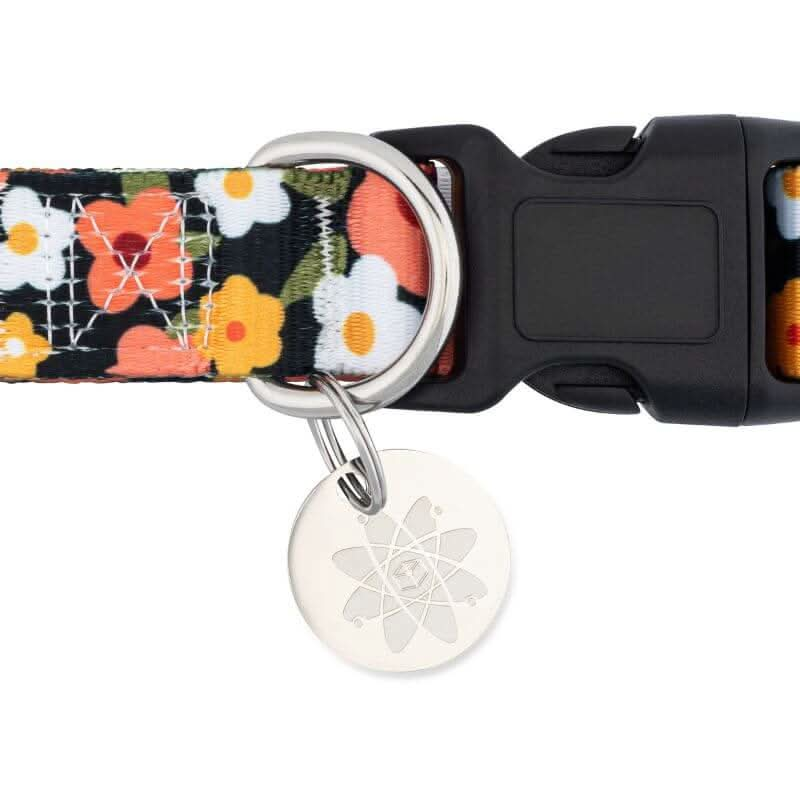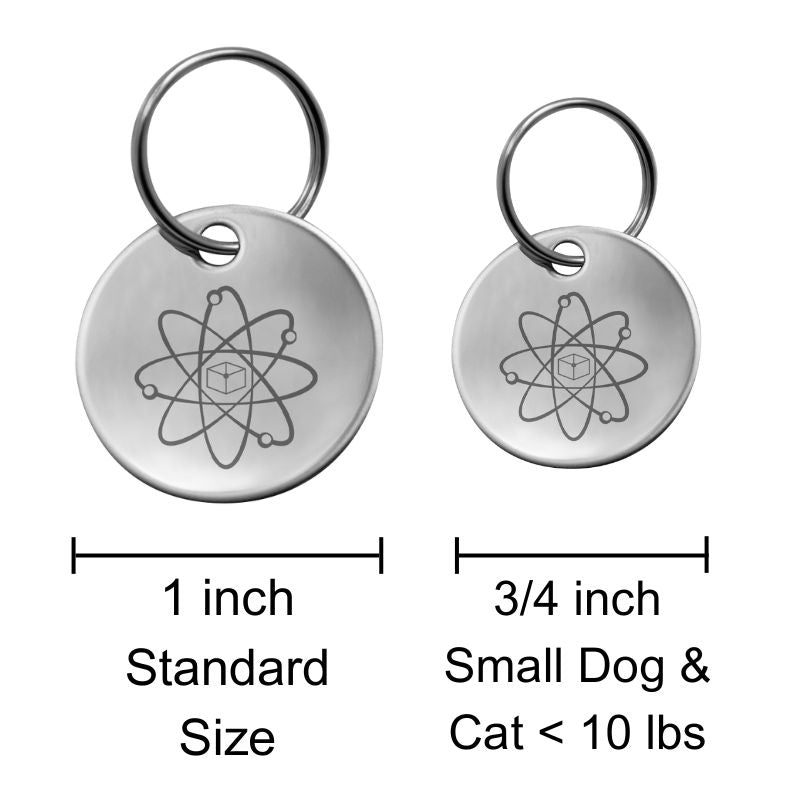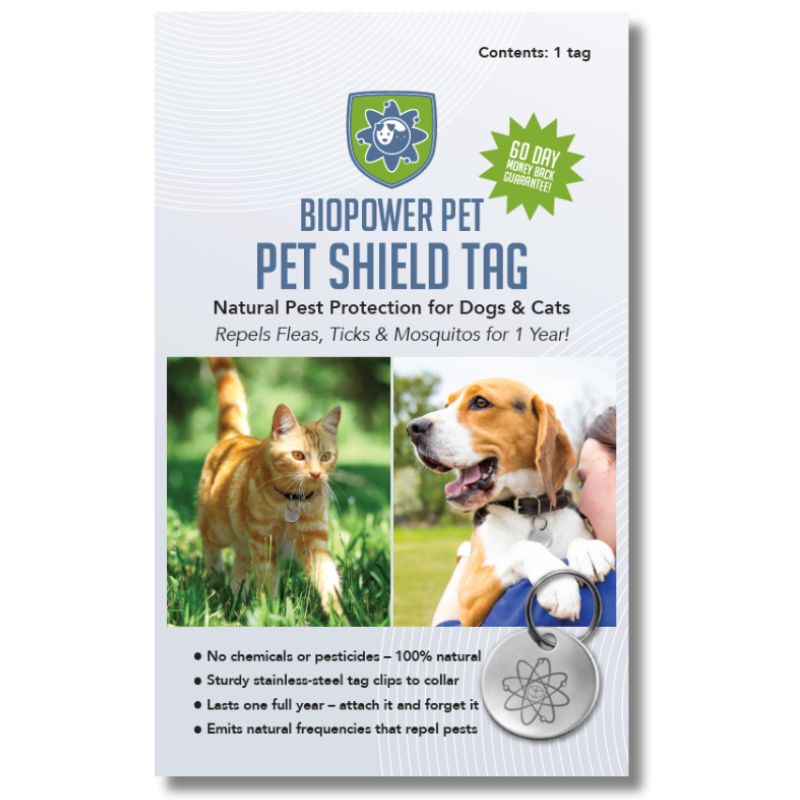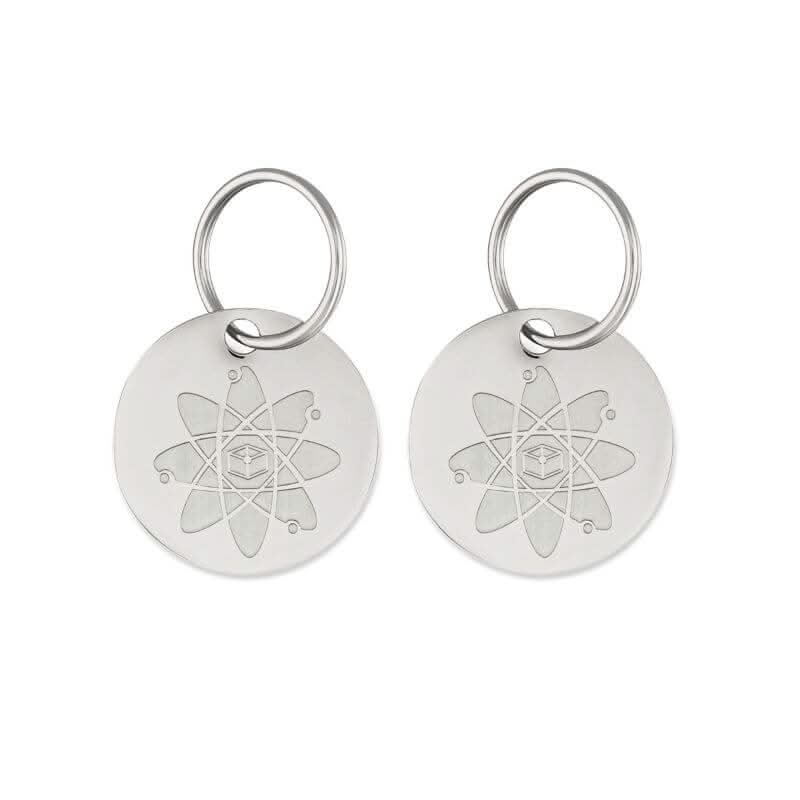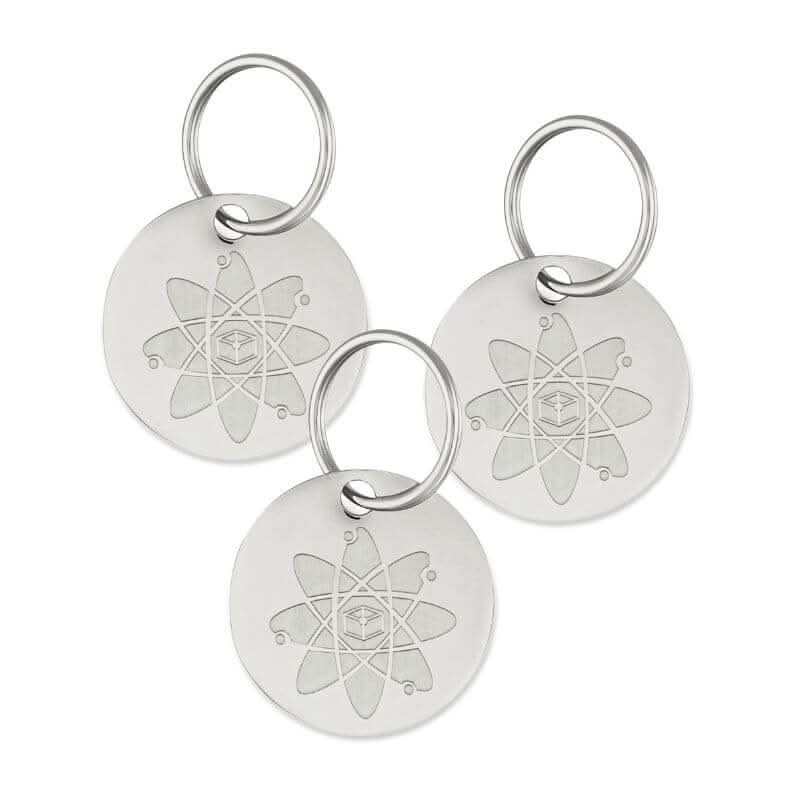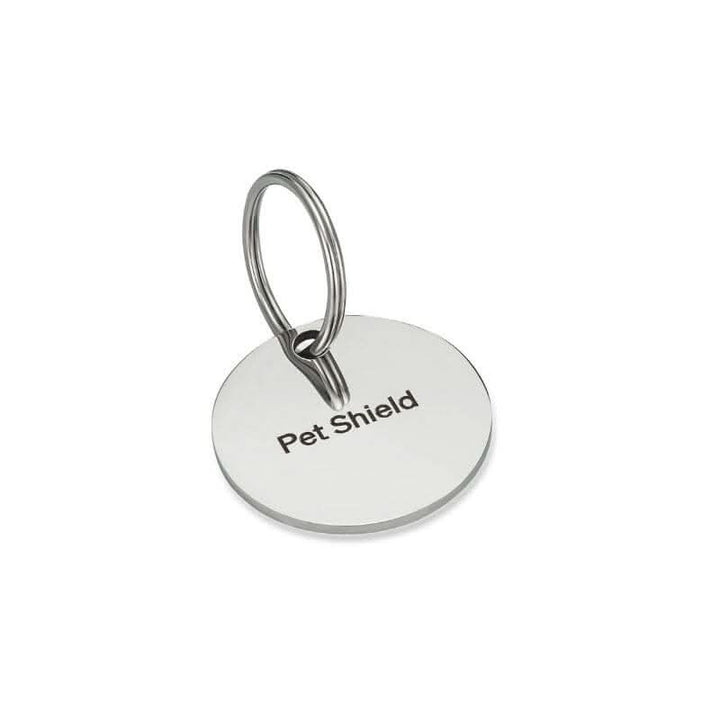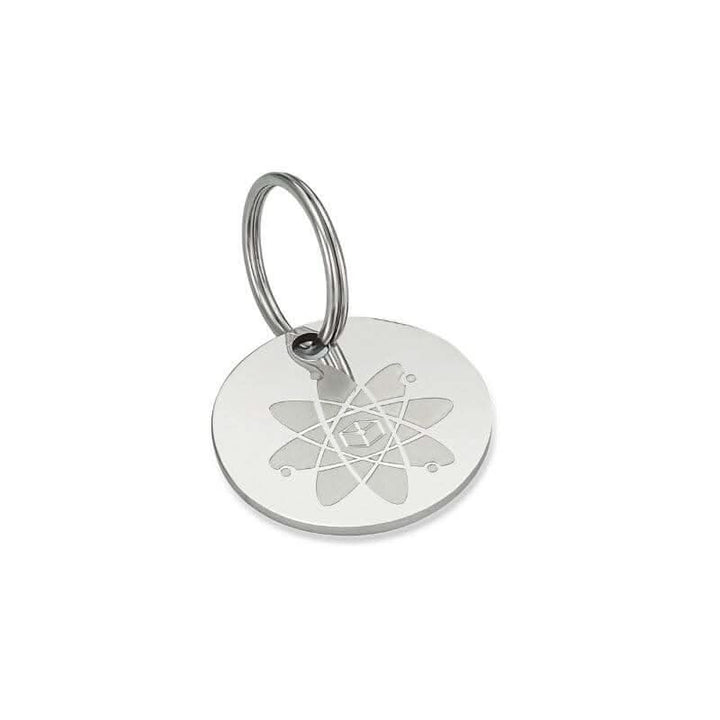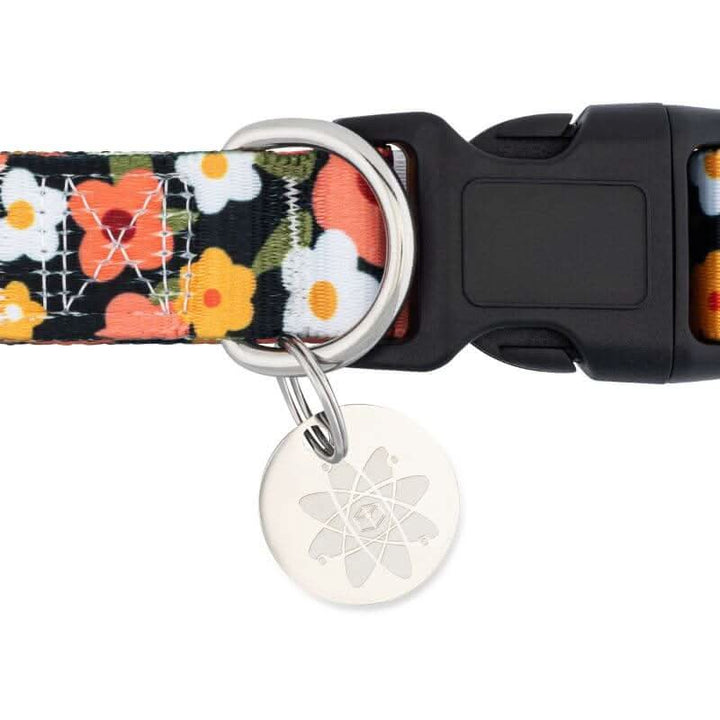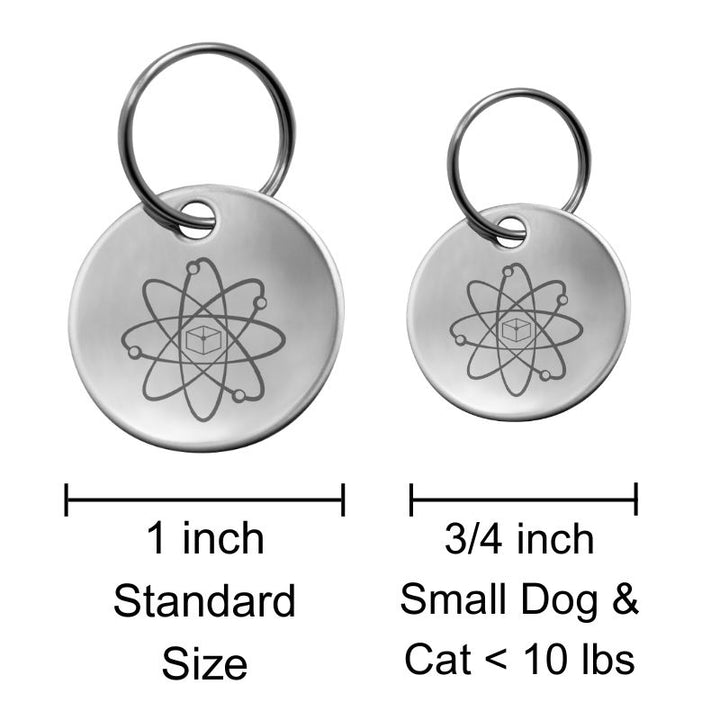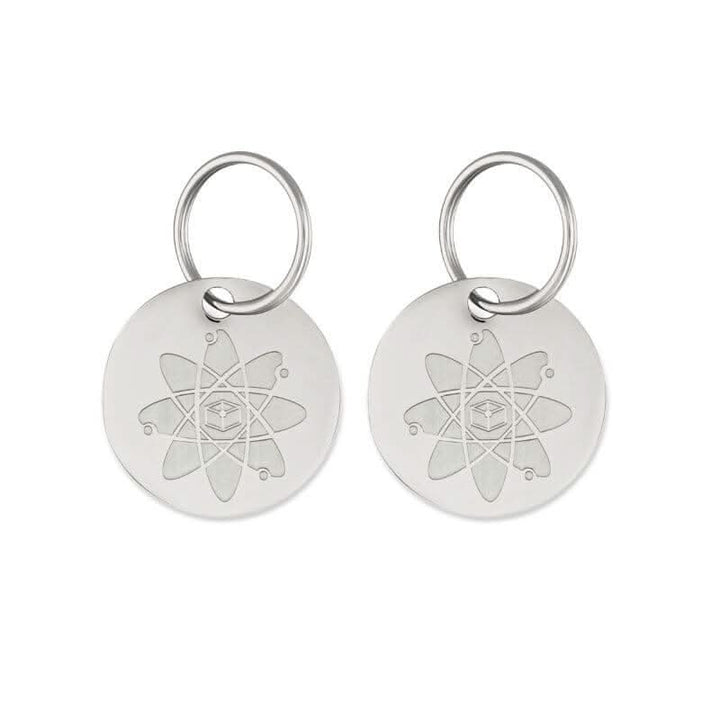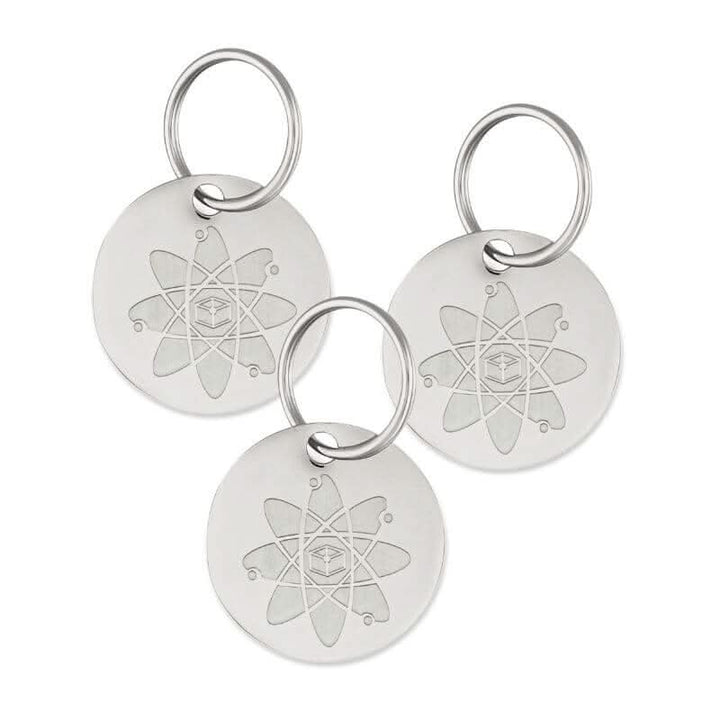Flea Collar
Protecting your dog or cat from fleas and ticks shouldn’t mean choosing between safety and effectiveness. With so many options, from chemical collars to so-called “natural” fixes, it’s easy to feel overwhelmed. Today’s pet parents want absolute protection without worrying about exposing their animals to harsh ingredients.
What Is A Flea Collar And How Does It Work?
Flea collars are a popular solution for preventing flea and tick infestations in pets. These collars are worn around your pet’s neck and are designed to protect against various pests. If you're curious about how these pests compare, check out this breakdown of the differences between a tick vs flea to better understand what your pet might face.
Types Of Flea Collars
There are generally two main types of flea collars:
- Chemical Collars: These release insecticides or other chemical substances that either repel or kill fleas and ticks upon contact.
- Natural or Alternative Collars: Instead of chemicals, these may use herbal extracts, essential oils, or innovative technologies to keep pests at bay.
Mechanism Of Action
Flea collars work by emitting active ingredients, or, in the case of non-chemical options, by utilizing physical or bioenergetic properties, into your pet’s fur. This barrier prevents fleas, ticks, and sometimes mosquitoes from attaching to your pet, keeping them comfortable and pest-free.
Pet Flea Collar Ingredients: What’s Inside Matters
Choosing the right flea collar for your pet begins with understanding what’s inside. The ingredients, or in some cases, the technology used in flea collars, directly impact their effectiveness and the health and comfort of your furry companion.
Chemical-Based Flea Collars
Most conventional flea collars use chemical insecticides such as imidacloprid, flumethrin, or tetrachlorvinphos. These ingredients are designed to kill pests on contact, but may also be absorbed through your pet’s skin.
While they can provide sustained flea and tick protection, some pets may experience allergic reactions or skin irritation. Additionally, long-term exposure to certain chemicals has raised concerns among pet owners who prioritize holistic wellness.
Natural And Essential Oil Flea Collars
In response to health and environmental concerns, many flea collars have shifted to plant-based ingredients like citronella, lemongrass, or cedarwood oil. These natural repellents tend to be gentler on sensitive skin and are favored by owners looking to avoid synthetic chemicals. However, while generally safer, the efficacy and duration of protection can vary depending on the formulation and the amount of active essential oils.
Innovative Chemical-Free Alternatives
A new generation of flea prevention uses non-traditional approaches, such as bioresonance or physical barriers, eliminating the need for both chemical and botanical actives. These solutions typically rely on technology or materials that do not release substances onto your pet’s skin or fur, providing peace of mind for those seeking completely additive-free protection.
Benefits Of Using A Flea Collar For Pest Prevention
Choosing the right flea collar as part of your pet’s preventive care routine can bring peace of mind while supporting your animal’s overall well-being. A thoughtfully designed flea collar offers several unique advantages for pets and owners.
Long-Lasting, Continuous Protection
Flea collars provide round-the-clock pest deterrence without the need for frequent reapplication. Once secured to a pet’s collar, these devices work consistently, helping to repel fleas, ticks, and even mosquitoes for months at a time.
Convenient And Low-Maintenance Solution
Unlike topical treatments or oral medications, flea collars are easy to use with minimal upkeep. Their simple design means pet owners can avoid messy applications or complicated dosing schedules. Most collars require no maintenance or replacement for extended periods, making them an accessible choice for busy households.
Chemical-Free Options For Sensitive Pets
Many modern flea collars harness natural ingredients or bioenergetic methods, sidestepping the potential side effects associated with conventional chemical-based products. Chemical-free collars offer gentle pest prevention for pets with sensitive skin or allergies without harsh additives or toxins.
Support For Holistic Pet Wellness
Flea collars that utilize natural or non-invasive technologies can complement a holistic approach to pet care. These solutions work as part of a preventive regimen, helping maintain a pest-free environment and reducing exposure to pest-borne diseases, all while promoting the health and comfort of your companion animal.
Potential Risks Of Traditional Flea Collars
Many owners turn to traditional flea collars when searching for the best way to protect pets from fleas and ticks. However, it's essential to understand the possible risks associated with these standard solutions.
Exposure To Chemical Ingredients
Traditional flea collars often use chemical pesticides, such as pyrethroids or organophosphates, to repel or kill pests. While effective, these substances can be absorbed through your pet's skin, potentially leading to adverse reactions, especially in sensitive animals or households with small children.
Allergic Reactions And Skin Irritation
Chemical-based collars can cause skin irritation, itching, redness, or even hair loss around the neck area. Some pets may experience more severe allergic reactions, highlighting the importance of monitoring for any early warning signs after application.
Potential Toxicity
Accidental ingestion of a flea collar, whether by the pet itself, another animal, or even a curious child, can lead to toxic effects. Symptoms might include excessive drooling, vomiting, lethargy, or more serious neurological issues, requiring immediate veterinary attention.
Environmental Impact
The pesticides in many conventional flea collars can pose risks to pets and the surrounding environment. When pets swim, bathe, or play outdoors, these chemicals may leach into the water supply or soil, affecting local wildlife and ecosystems.

Natural Alternatives To Flea Collars
As awareness grows around the potential risks of chemical flea collars and spot-on treatments, many pet owners are searching for natural solutions that prioritize both efficacy and the well-being of their beloved companions.
Chemical-based products, while widely available, can sometimes cause skin sensitivities, allergic reactions, or long-term health concerns. Fortunately, a new generation of non-toxic, holistic alternatives is emerging, harnessing innovative technologies and plant-based ingredients.
Bioenergetic Repellents
One promising advancement in flea and tick prevention involves bioenergetic repellents. These innovative devices use non-invasive energy fields to create an inhospitable environment for pests like fleas, ticks, and mosquitoes. Typically worn on the pet’s collar, these products continuously emit frequencies that deter pests without disturbing your pet’s natural biology or comfort.
Plant-Based Formulations
For those who prefer topical applications, plant-based sprays and oils offer a time-tested approach to natural pest deterrence. Essential oils such as citronella, eucalyptus, or cedarwood are commonly utilized for their well-documented ability to repel insects. Pet parents looking for an easy-to-use flea spray for dogs may find these natural options especially appealing.
Focus On Preventative Care
The key principle behind these natural alternatives is prevention—they are designed to stop infestation before it starts, rather than treating an existing problem. By incorporating non-toxic, holistic solutions into your pet’s daily routine, you can maintain their comfort and health without relying on harsh chemicals. This approach supports a lifestyle that values both animal wellness and environmental sustainability.
What To Know Before Buying An Anti-Flea Neckband
Here are some essential considerations to ensure you select a product that is safe, comfortable, and provides peace of mind for your pet.
Know The Active Ingredients
Examine what the neckband uses to repel or kill fleas and ticks. Many mainstream collars use chemical pesticides that may cause sensitivity in some pets. Natural options are available, often utilizing plant-based oils or innovative approaches like bioenergetics, pay attention to how these ingredients work, and any potential effect on your pet.
Consider The Method Of Action
Not all neckbands function the same way. Some release substances that repel or eliminate pests, while others aim to disrupt pests’ ability to attach in the first place. Understanding whether a product is preventative or treats existing infestations will help you match the collar to your needs.
Evaluate Safety And Side Effects
Safety should always come first. Research whether the neckband has been reported to cause skin irritation, allergies, or behavioral changes. Check for independent testing, certifications, or regulatory approvals that can reassure you of the product’s safety profile.
Duration Of Protection
Take note of how long the neckband provides protection. Some offer only a few weeks of coverage and may require frequent replacement, while others last several months to a year. Long-lasting options are often more convenient, but always confirm their claimed longevity through user reviews or manufacturer details.
Ease Of Use And Maintenance
A good anti-flea neckband should be simple to fit and secure on your pet. Consider whether the product requires periodic maintenance, such as reapplication of substances, removal during bathing, or special storage instructions. Choose a collar that seamlessly integrates into your routine with minimal hassle.
Suitability For Your Pet’s Lifestyle
Finally, factor in your dog or cat’s age, health status, typical activities, and sensitivities. From kittens and puppies to active outdoor adventurers, every pet is different. There’s no one-size-fits-all; select a solution designed for your pet’s unique lifestyle and needs.
How BioPower Pet Supports Chemical-Free Flea Control
For many pet parents, choosing a chemical-free alternative to traditional flea collars isn’t just about convenience but confidence. BioPower Pet offers a smarter, science-based approach to pest prevention that skips synthetic pesticides in favor of safe, practical solutions for cats and dogs. For those seeking a reliable flea and tick spray, BioPower Pet’s offerings provide an effective, plant-powered way to keep pests at bay.
Bioresonance: Safe Frequencies, No Chemicals
At the heart of the BioPower Pet tag is bioresonance technology. This stainless steel tag emits a continuous field of natural frequencies that disrupt the environment for fleas, ticks, and mosquitoes, without affecting your pet or leaving behind any residue. It’s clean, quiet, and always on, no harsh chemicals or irritation, just consistent, low-maintenance protection.
12 Months Of Worry-Free Protection
Unlike conventional flea collars that wear out quickly or require frequent replacement, the BioPower Pet tag offers up to a full year of uninterrupted defense. Clip it onto your pet’s collar and enjoy peace of mind, no oily topicals, dosing schedules, or monthly stress.
Energized Natural Spray For On-The-Go Defense
For added flexibility, BioPower Pet’s natural pest repellent spray offers quick protection when needed most, perfect for walks, travel, or high-risk areas. Powered by citronella essential oil and energized spring water, this spray deters pests without chemicals, stickiness, or strong odors. It’s safe for daily use, gentle on skin, and supports your pet’s wellness from the outside in.
With BioPower Pet, long-term flea prevention is no longer a chore; it’s a simple, natural part of your pet’s everyday care.
Read also:
Frequently asked question
Flea collars have long been marketed as a convenient method for pest prevention. However, traditional flea collars often use chemical-based ingredients, sometimes leading to skin irritation or other sensitivities in pets. Many pet owners now seek natural and chemical-free alternatives to prioritize their animals’ well-being.
The longevity of flea collars varies widely depending on their material and the active ingredients used. Conventional collars typically offer several months of protection, but their efficacy may decline over time. It’s important to research the duration of protection each product offers to ensure ongoing pest deterrence for your pet.
Some pet owners combine different methods for pest prevention. If you’re considering layering treatments, speak with your veterinarian first to avoid overlapping active ingredients or unforeseen interactions. Many natural and holistic options are designed to be safely combined, providing peace of mind for multi-faceted pet protection.
Yes, in some cases, pets may develop allergic reactions or skin sensitivities due to certain ingredients in conventional flea collars. Signs can include redness, itching, or discomfort around the neck area. Monitoring your pet’s reaction to any new form of pest prevention is essential. Choosing chemical-free and gentle alternatives can help minimize the risks of allergic responses.
Replacement timelines depend on the type of collar and the manufacturer’s guidelines. Most traditional flea collars require replacement every few months. Always check the specific recommendations for the product in use and consider options designed to provide long-lasting, consistent protection.
Many flea collars are formulated to combat both fleas and ticks, but their efficacy can vary. Carefully review each option to determine the level and scope of protection offered. Natural and holistic solutions are also available to deter ticks, often without harsh chemicals, for a safer and more comfortable experience for your pet.


